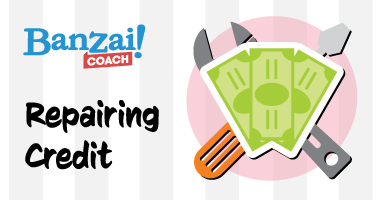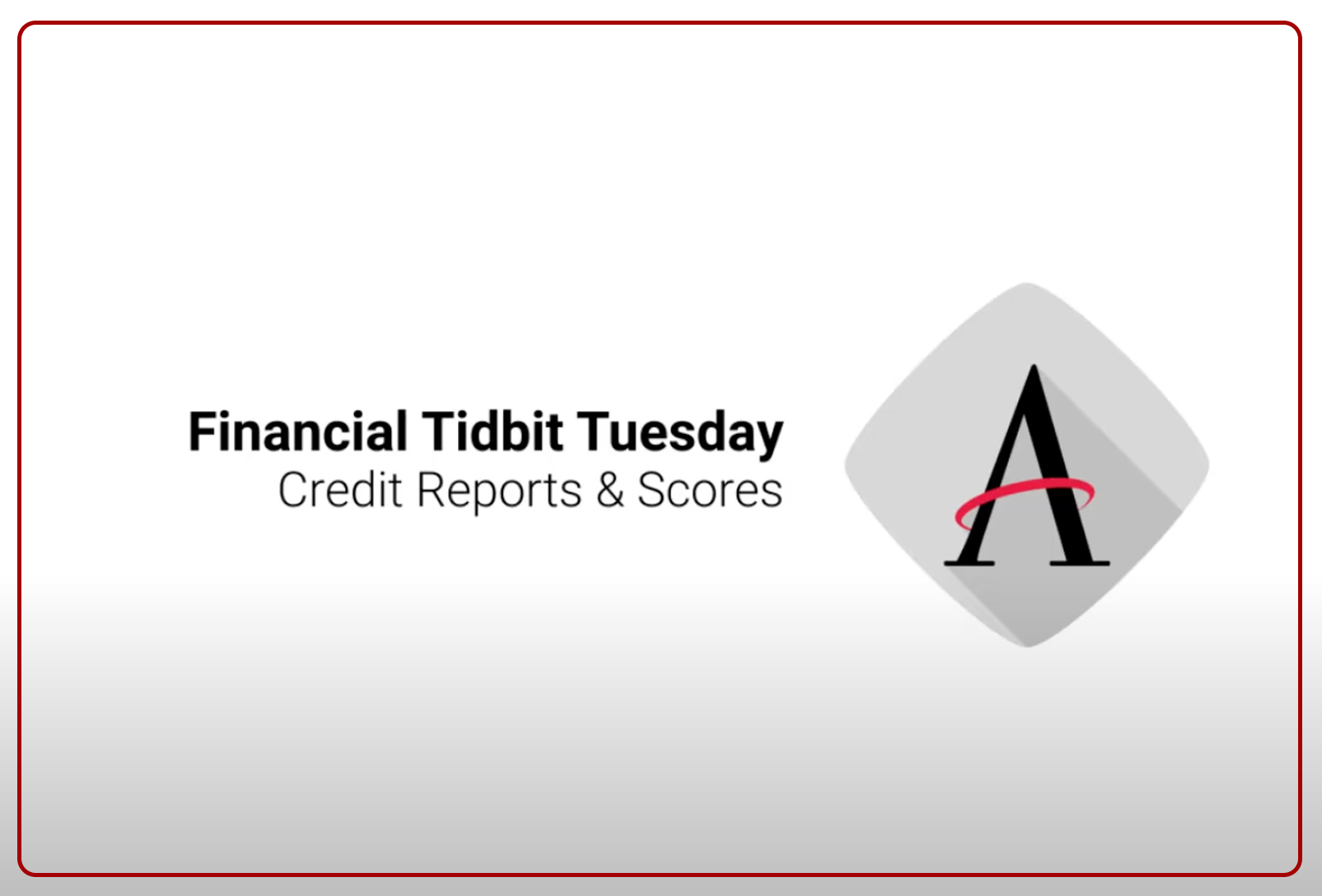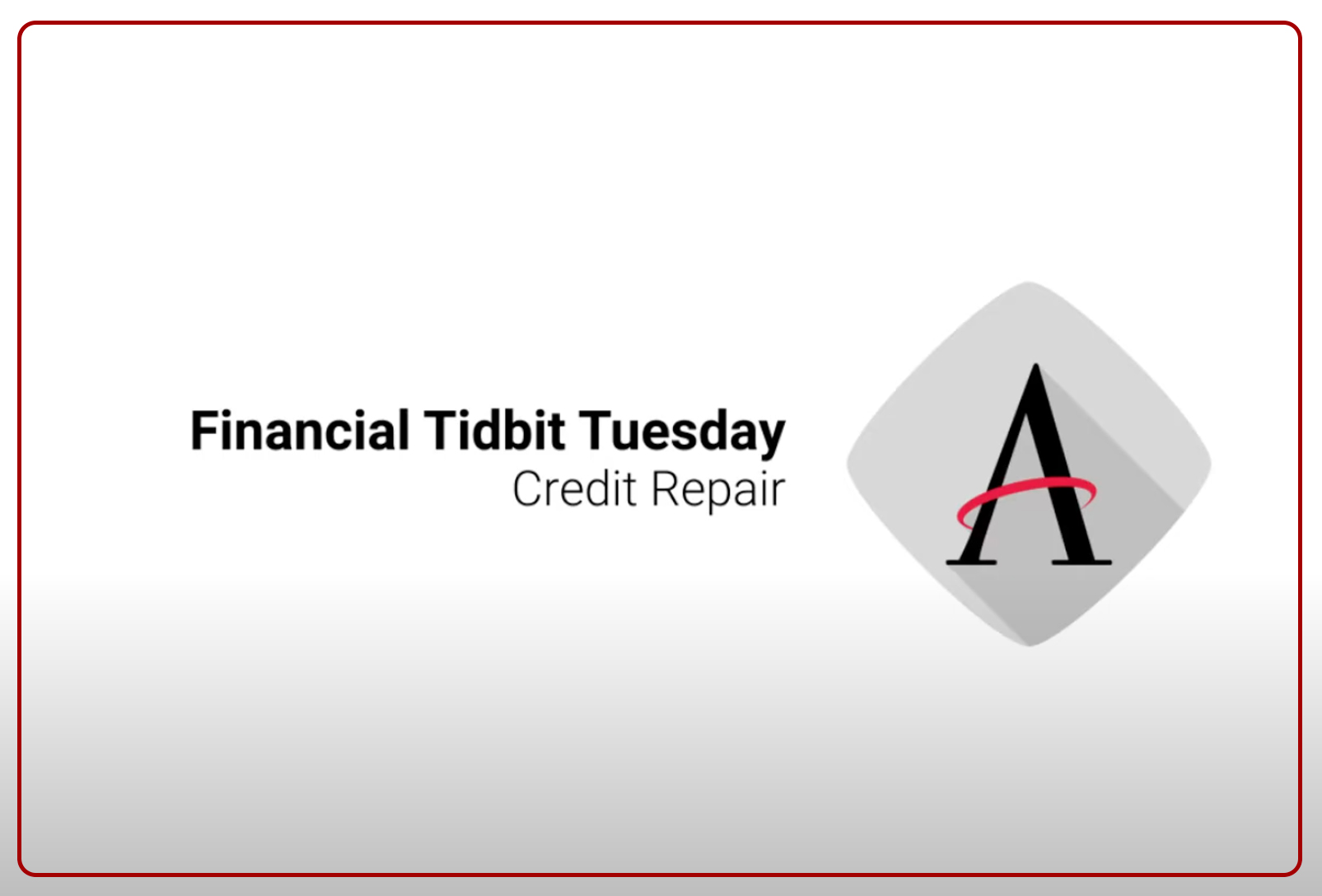Understanding what you need to know when borrowing money and having a plan to pay it back.
Responsible borrowing includes understanding all the terms and facets of borrowing…and will also increase your creditworthiness.

The 5 C’s
Sometimes it’s necessary to borrow for major purchases like a house, car, an education, or maybe to meet unexpected expenses. Your ability to be approved for a loan generally depends on five factors (The 5 C’s):
- Credit History: Payment history and demonstrating on-time payments
- Capacity: The amount of all credit accounts available to you and how much of it you are using
- Character: Relationship to the financial institution and account history while taking into consideration income and job stability
- Collateral: Something of value that can be put up in case the borrower defaults on the loan
- Conditions: the economic and market conditions that may affect the borrower's ability to repay the loan
Credit Reports: Under the Fair Credit Reporting Act, everyone is able to get their credit report free from each of the three main credit reporting bureaus (Equifax, Experian, and TransUnion). Due to the pandemic, consumers are able to get their credit report for free from each of the three credit bureaus once per week at annualcreditreport.com.
Since a good history of credit is critical, be careful when borrowing and have a sound plan to be able to make on-time payments to keep your credit history strong. Your creditworthiness can also affect your insurance rates, ability to rent an apartment, setting up utilities, and even future employment!
Credit Scores: There are many forms of credit scores, but the one used most often is the FICO® (Fair Isaac Corporation) score. FICO scores range from 300—850. The higher the score, the lower risk to the lender and the greater likelihood a borrow will not default on a loan, and the lower the score the greater risk to the lender. Those with little to no credit do not have a score since there simply is not enough information to determine a credit score.
Understanding Credit Utilization and Debt-to-Income Ratio
- Credit utilization is calculated by how much total credit is available to you and how much of it you are using. Figures under 30% are ideal with the lower the utilization rate, the better.
- Debt-to-income (DTI) ratio is calculated by adding up your total recurring monthly obligations (such as mortgage, student loans, auto loans, child support, and credit card payments), and dividing by your gross monthly income (the amount you earn each month before taxes and other deductions are taken out). DTI figures of 43% and below are best, especially when applying for a mortgage.


Managing Debt
Creating and sticking to a spending plan while making a conscious effort to reduce and eliminate debt are key components to becoming debt-free. It’s important to work with creditors if you’re having troubles making payments, many may work with you to make a repayment plan to get back on track. Reaching out to a qualified credit counselor may also help in reducing debt and credit obligations.
Credit Hints and Tips
- Pay your bills on time.
- Track your borrowing habits and know all of your credit balances.
- When you need to borrow, be sure to plan, understand and shop around for a loan with a low Annual Percentage Rate (APR).
- When repaying a loan, it may be better to pay more than the minimum amount due each month, so you will have to pay less in interest over the life of the loan.
- Paying your bills on time will help increase your credit score. Even if you fell into trouble with borrowing in the past, you can get on solid footing and rebuild your credit history by making regular payments as agreed.
Financial Tidbits with Tony
Financial Education & Resources
Credit Reports & Scores
Common Questions about Credit Reports & Scores
Que Piensa un Acreedor de Mí? (Spanish)
Debt Repayment & Elimination
Get Out of Debt
Managing Debt
Navigating Debt Collections
Debt Management Plans
Looking for Debt Advice?
How to Manage your Debt: Strategies & Tools
When you can't Afford your Minimum Payments
Get Smart about Debt (Webinar)
Finding Passion in Helping Others (Podcast)
Debt Repayment Options (Online Course)
Paying Down your Credit Card (Online Course)












